Cleveland Clinic experts author comprehensive review in The Lancet

A recently published review in The Lancet outlines the latest advances and consensus recommendations from both North American and European infertility associations, while also offering a glimpse into emerging therapies.
Cleveland Clinic is a non-profit academic medical center. Advertising on our site helps support our mission. We do not endorse non-Cleveland Clinic products or services. Policy
The review is authored by Ashok Agarwal, PhD, Director of the Andrology Laboratory and Reproductive Tissue Bank at Cleveland Clinic, and a team of international and multidisciplinary experts, including his Cleveland Clinic colleagues from the Center for Male fertility, Sarah Vij, MD, Director, and Neel Parekh, MD.
The causes of male infertility vary widely and are poorly described. The etiology of impaired spermatogenesis is associated with congenital, acquired or idiopathic factors. However, even after an extensive workup, more than half of all men will have no identifiable cause for their infertility.
Coupled with this, semen parameters globally have continued to worsen over the last several decades. The authors note that this is inextricably linked to health outcomes overall, citing the rise in obesity and metabolic diseases. Early diagnosis and treatment can play a key role not only in the management of subfertility but also in overall wellness.
Paradoxically, Dr. Parekh, points out, men who are often reluctant to seek medical care in the first place, contribute to up to 50% of infertility causes. He stresses, “As male fertility specialists, we need to maximize in-office or virtual visits to counsel infertile men and identify harmful conditions early on and encourage making lifestyle changes.”
Evaluation and intervention are recommended for couples who do not conceive naturally after 12 months of regular, unprotected sexual intercourse, or six months if the female partner is older than 35 years. Considerations for an earlier evaluation and treatment may be made before 12 months for certain clinical indications. In most cases, an initial evaluation, which includes reproductive history and at least one semen analysis is required before referral to a specialist.
The authors recommend a comprehensive evaluation of the following:
The authors describe management guidelines in cases of azoospermia, varicocele, and idiopathic male infertility. The type of azoospermia (pretesticular, testicular or post-testicular) guides treatment.
A pretesticular cause is the result of an endocrine abnormality and can be managed with hormonal therapy to induce fertility. Azoospermic men are also evaluated for either obstructive or non-obstructive azoospermia. The former can be managed by sperm retrieval for injection or surgical intervention. Patients with the latter diagnosis are less likely to experience favorable retrieval outcomes. While some studies recommend microdissection testicular sperm extraction, as opposed to conventional testicular sperm extraction, there is no clear recommendation.
Varicoceles are an enlargement of the veins in the pampiniform plexus that drain blood from the testicles. Varicocele repair, primarily a surgical intervention, can improve semen parameters and reduce oxidative stress, but the indications for the procedure are not clear cut. Current indications are somewhat controversial as guidelines do not support varicocelectomy in men with infertility who have a normal semen analysis or subclinical varicocele.
In cases of idiopathic infertility, current treatment options included assisted reproductive technology, which has significantly improved the potential for couples with infertility to have biological children. Other options include lifestyle modifications and hormonal or non-hormonal therapies. Importantly, some non-invasive lifestyle interventions such as weight loss, physical activity and smoking cessation, are associated with improved sperm parameters.
Given the ambiguity in the current diagnostic paradigm, Dr. Agrawal notes that advances in omics technologies may play a promising role in the diagnosis and management of male infertility at genetic, molecular and cellular levels. Recent proteomics research of male reproduction has uncovered several key proteins as biomarkers that are associated with various causes of male infertility, such as oxidative stress-mediated sperm dysfunction, varicocele, asthenozoospermia, globozoospermia and testicular cancer. Improved diagnosis can be achieved by developing a protein biomarker panel with high specificity for the diagnosis of a particular male infertility condition.
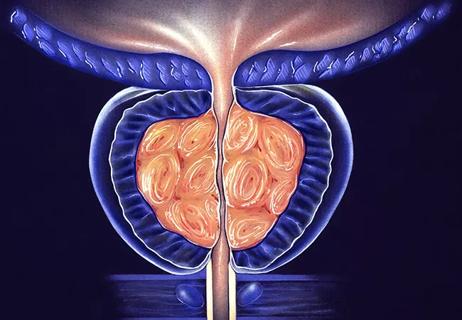
Minimally invasive procedures relieve symptoms and can be done in outpatient settings
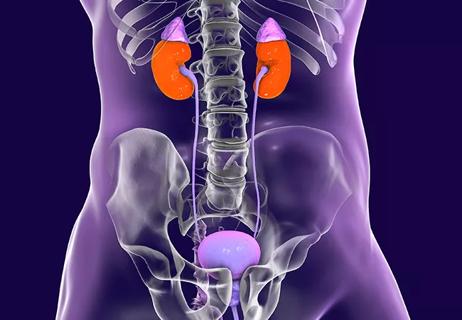
A Cleveland Clinic specialist discusses the implications of the first published guideline for NLUTD
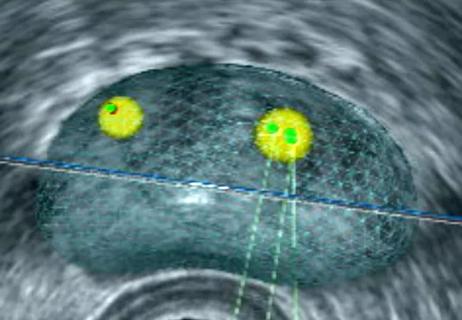
An effective, patient-centered biospy alternative
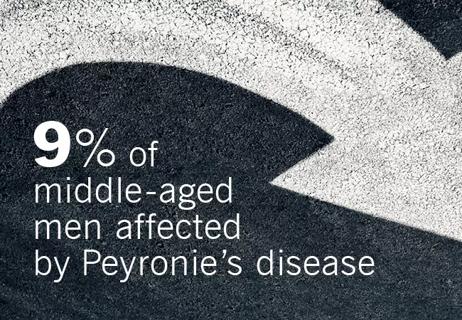
6 Q&A’s with Drogo K. Montague, MD

Outreach efforts aim to improve patient experience

Department chairman shares formula for success
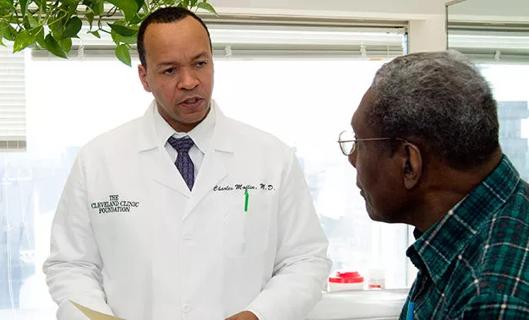
Broad effort will reduce barriers for minority patients